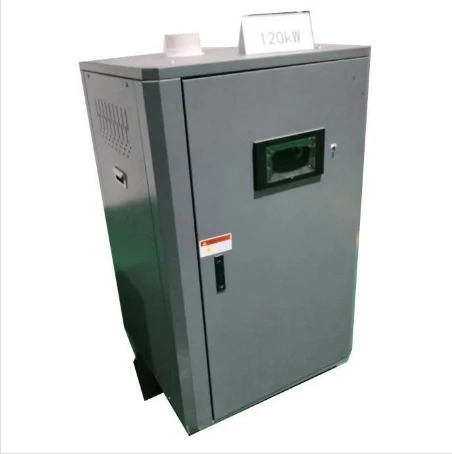des. . 16, 2024 03:26 Back to list
High-Quality OEM Sand Castings for Diverse Industrial Applications and Custom Solutions
Understanding OEM Sand Castings A Comprehensive Overview
In the realm of manufacturing, Original Equipment Manufacturing (OEM) plays a crucial role in the production of components and parts used in a variety of industries. One of the essential processes within this domain is sand casting, a versatile method known for its ability to create complex shapes with high precision. This article explores the significance of OEM sand castings, their advantages, applications, and the overall process.
What is OEM Sand Casting?
OEM sand casting is a manufacturing process that involves creating a mold from sand to produce metal parts and components. In this process, manufacturers use a mixture of sand, clay, and water to form a mold into which molten metal is poured. Once the metal cools and solidifies, the mold is broken away, revealing the finished part.
This method is particularly appealing to OEMs as it allows for the production of large volumes of components with intricate designs, making it suitable for industries ranging from automotive to aerospace. OEMs often rely on sand casting to meet their production needs, ensuring that the quality and specifications of the parts are maintained.
Advantages of OEM Sand Castings
1. Cost-Effectiveness Sand casting is one of the most economical methods for producing metal parts in bulk. The materials required for creating sand molds are relatively inexpensive, allowing OEMs to save costs, especially when producing large quantities.
2. Design Flexibility The sand casting process can accommodate complex shapes and sizes, providing engineers with the flexibility to design intricate components that would be challenging or impossible to achieve with other manufacturing methods.
3. High Tolerance and Finish When precision is paramount, OEM sand casting can yield components with a high degree of accuracy and surface finish. Advanced techniques and machinery can further enhance the tolerances achieved during casting.
4. Material Versatility This process can utilize a wide range of metals, including aluminum, iron, steel, and brass, making it invaluable for OEMs working with diverse materials based on the specific application requirements.
5. Scalability Sand casting is highly scalable, allowing OEMs to start with smaller production runs and gradually increase volumes as needed. This adaptability is crucial in responding to changes in market demand.
Applications of OEM Sand Castings
oem sand castings

OEM sand castings find their applications across various sectors. In the automotive industry, they are used to manufacture engine blocks, transmission cases, and other critical components. The aerospace sector leverages sand casting for producing aircraft parts that demand high-stress resistance and lightweight characteristics.
Moreover, sand castings are prominent in the energy sector, particularly in manufacturing turbine components for wind and hydroelectric power generation. The construction industry also benefits from sand castings in producing machinery parts, fixtures, and structural components.
The Sand Casting Process
The sand casting process typically involves several key steps
1. Pattern Making A pattern, usually made from wood, metal, or plastic, is created to form the mold. This pattern reflects the exact dimensions of the desired part.
2. Mold Creation The pattern is then placed in a sand mixture to create a mold. The sand is compacted around the pattern, and once complete, the pattern is removed, leaving a hollow cavity in the shape of the part.
3. Pouring Molten metal is poured into the mold cavity. The high temperature of the metal allows it to fill intricate details of the mold.
4. Cooling The metal is allowed to cool and solidify. This step is crucial, as it determines the integrity and characteristics of the final product.
5. Finishing Once the metal has cooled, the mold is broken away, and the rough casting is removed. Additional finishing processes, such as machining and surface treatment, may be applied to meet the required specifications.
Conclusion
OEM sand castings represent a critical component in the manufacturing industry, providing a cost-effective, flexible, and efficient method for producing high-quality metal parts. With a broad range of applications across multiple sectors, the significance of sand casting in the OEM world cannot be overstated. As technology continues to evolve, so too will the methods and capabilities associated with sand casting, ensuring that this process remains at the forefront of manufacturing innovation.
-
Premium Cast Iron Water Main Pipe for Robust Infrastructure
NewsAug.27,2025
-
A-Rated Cast Aluminum Boilers: High-Efficiency Condensing Gas & LPG
NewsAug.26,2025
-
OEM Cast Silicon Aluminum Alloy Heat Exchanger | Custom & High Performance
NewsAug.25,2025
-
Centrifugally Cast Iron Water Main Pipe | Ductile Iron Solutions
NewsAug.24,2025
-
Durable Cast Steel Concrete Pipe Mold Bottom Rings & Base Trays
NewsAug.23,2025
-
Centrifugally Cast Iron Water Main Pipe for Reliable Mains
NewsAug.22,2025


